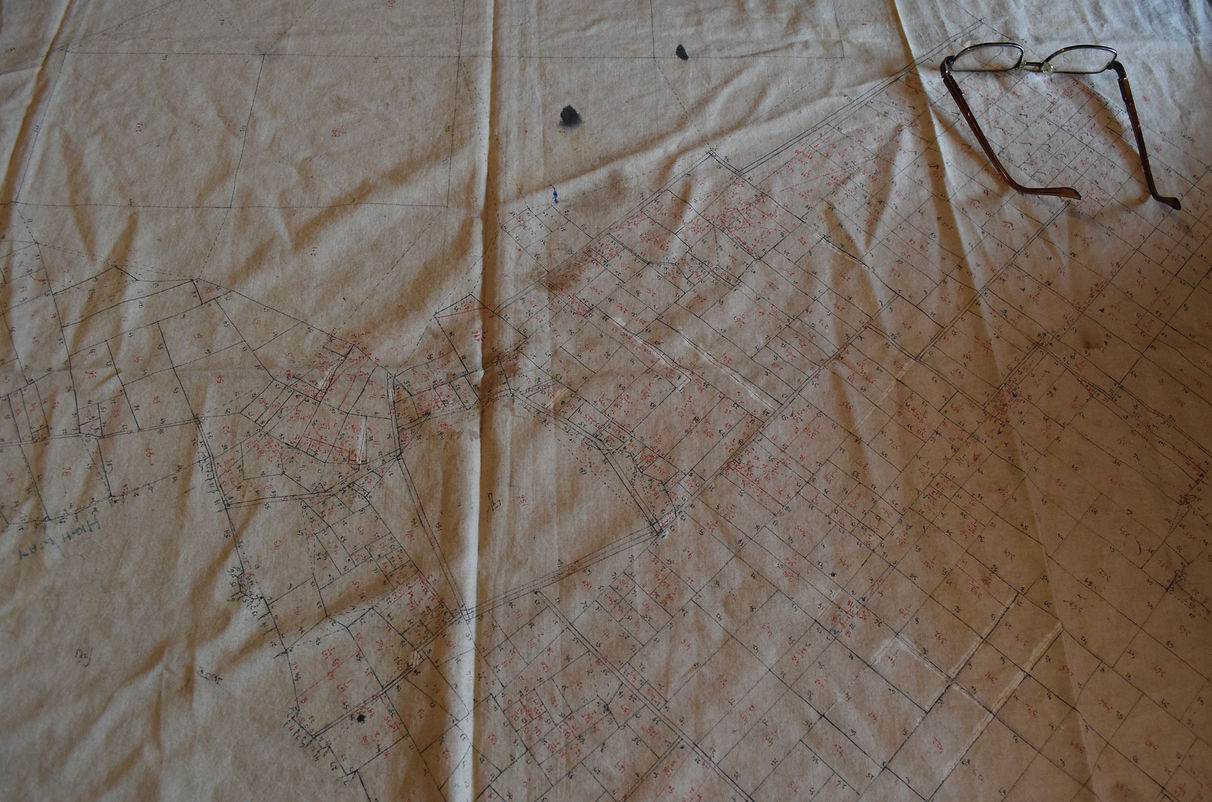
latthe di chadar
(2019)
The administration acquires land in the lal dora
the residents sell and build rental housing
migrants populate the neighborhood
the laws demand a school be built
the administration fears a lack of land
a building with deficit infrastructure is erected
the school is overcrowded
the panchayat suggests an occupation of land
an architect draws a map in his mind
the department builds a temporary school
the teachers contribute towards additional facilities
the health department ignores the illegality
the principal can’t build a boundary wall
the staff adds a barbed wire fence
the administration hopes to build a banquet
hall for weddings
the department refuses to take down the school
the airport authority remains invisible
the lexical priority gets the best of everyone
the administration ignores the occupancy
the barbed wire turns into a boundary wall
the teachers teach
a multitude of students
a lack of discipline
a fall in the results
corporal punishment
the administration ignores the law.
A 'model' school in Chandigarh
This project was carried out at IIHS under the guidance of Gautam Bhan and Tanojkumar Meshram. The aim of the project was to do a situation analysis of the system of public education provided by municipal schools in Chandigarh.
I spent most of my time working in a school in the periphery of the city, an 'urban village' where the enrolment of students was one of the highest in the city, about 3000 students (nursery to 10th standard). The education department was unable to find land to accommodate the growing number of students, (mostly children of migrant labourers) all fit into barely 12 classrooms. In the light of these struggles, the panchayat and the teachers got together and used the central SSA (Sarva Shiksha Abhiyan) grant to occupy the Chandigarh Administration's land outside the 'lal dora' (the red line that circumscribes the area of the village where the use is permitted to be residential; this line however doesn't exist on an 'official' map of the city) and build a temporary 'tin-shed' school where they run classes in double shifts.
Government High School, Hallo Majra
Further investigation into the 'legality' of the school led me to the patwari of the area, the only man in the city who was able to make ‘legible’ to me the situation of the land the school was built on through a torn and tattered piece of cloth – the lattha - a map of the neighborhood drawn by him over the years through conversations he had had with the residents and the panchayat, each line representing a deliberation – an entirely unofficial document, unrecognised by the town planner that came to being as a result of hearsay.

The audio work aims at looking at the single story of a single school told by its teachers (some of the most misunderstood actors in education) and extrapolating from it larger conversations about planning, migration, identity and the RTE (right to education) Act at the scale of the neighbourhood, the city and the state.







































